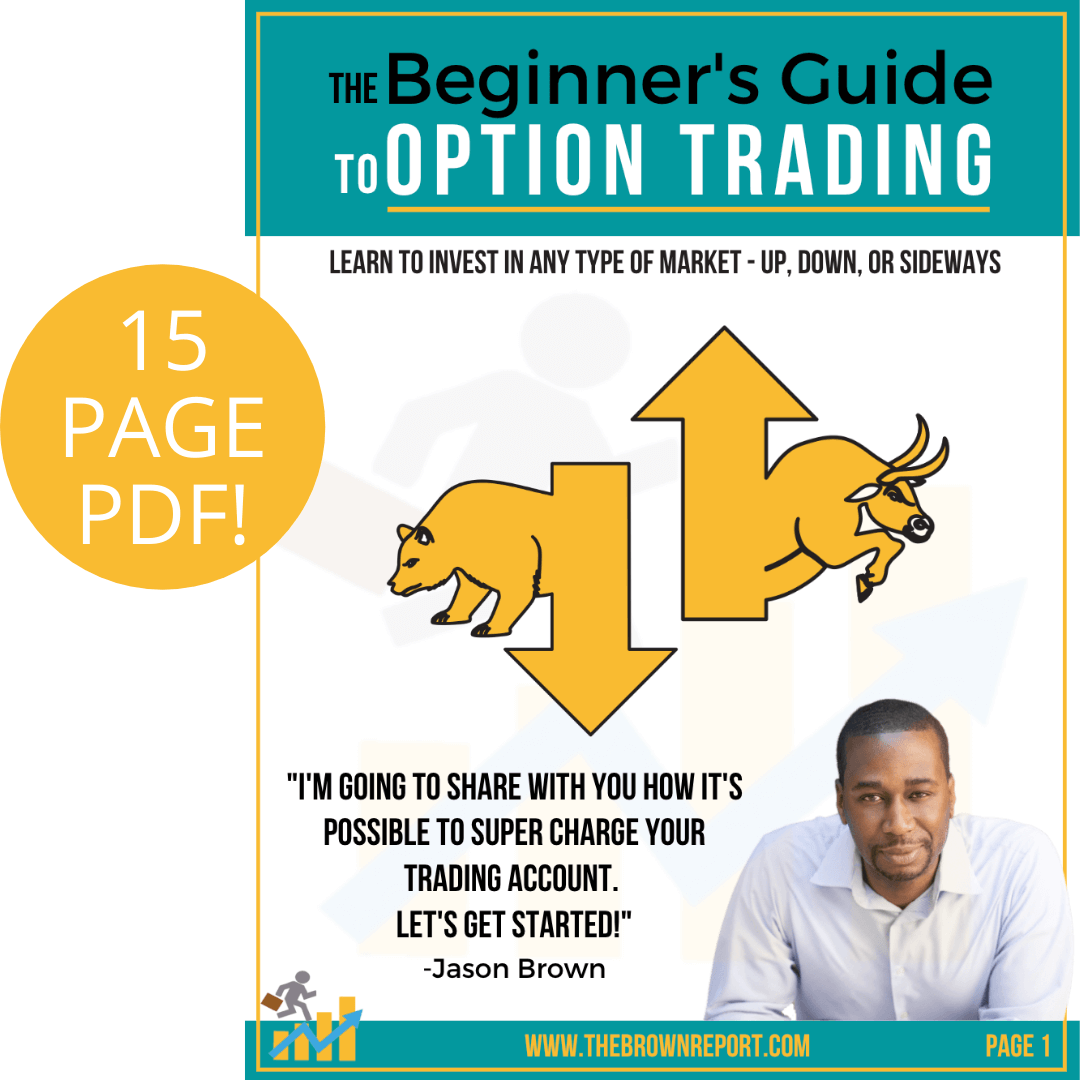Introduction
In the realm of trading, options are financial instruments that provide traders with opportunities to speculate on the future price movements of underlying assets. To navigate this complex landscape effectively, it’s essential to understand the unique language associated with options trading. Join us on an in-depth exploration of option trading names, unraveling the terminology that empowers you to make informed decisions and maximize your profit potential.

Image: thebrownreport.com
Defining Option Trading Names
An option contract is an agreement that grants the buyer the right, but not the obligation, to buy (call option) or sell (put option) an underlying asset at a predetermined price (strike price) on or before a specified date (expiration date). The names associated with options convey crucial information about the contract’s characteristics, including its type, the underlying asset on which it is based, and its expiration details.
Call and Put Options
The two main types of options are call options and put options. A call option gives the buyer the right to buy the underlying asset at the strike price, while a put option grants the right to sell it. For instance, a trader who expects a stock to rise in value might purchase a call option, while one who anticipates a decline might buy a put option.
Stock Options
When options are based on the price movements of stocks, they are known as stock options. The name of a stock option typically consists of the ticker symbol of the underlying stock, followed by the strike price and expiration date. For example, “AAPL Jan20’23 120 Call” represents a call option with an underlying stock of Apple (AAPL), a strike price of $120, and an expiration date in January 2023.

Image: www.youtube.com
Index Options
Options can also be traded on stock market indexes, such as the S&P 500 or Nasdaq 100. Index options allow traders to speculate on the overall direction of the market rather than on individual stocks. The names of index options follow a similar convention as stock options, including the ticker symbol of the underlying index and the expiration date.
Exchange-Traded Funds (ETF) Options
Exchange-traded funds (ETFs) are investment vehicles that track a basket of stocks or other underlying assets. Options on ETFs are similar to stock options, but they allow traders to bet on the performance of the ETF as a whole rather than individual securities. ETF option names include the ticker symbol of the underlying ETF and the expiration date.
Expiration Dates
The expiration date, as its name implies, is the date on which an option contract expires. Options have varying expiration dates, ranging from weekly to quarterly and even longer-term contracts. The expiration date is an important consideration, as options can only be exercised or sold before their expiry.
Strike Prices
The strike price is the price at which the holder of an option can buy (in the case of a call option) or sell (in the case of a put option) the underlying asset. The names of options indicate the specific strike price associated with the contract.
Option Trading Names
Conclusion
Option trading names provide a rich tapestry of information that guides traders in navigating the complex world of financial options. By understanding the language associated with these contracts, you empower yourself with the knowledge to make informed decisions, manage risks intelligently, and uncover opportunities to potentially maximize your returns. Remember to approach option trading with caution and always seek professional advice if needed. Welcome to the exciting and dynamic realm of options trading, where a mastery of the language unlocks a world of financial possibilities.






